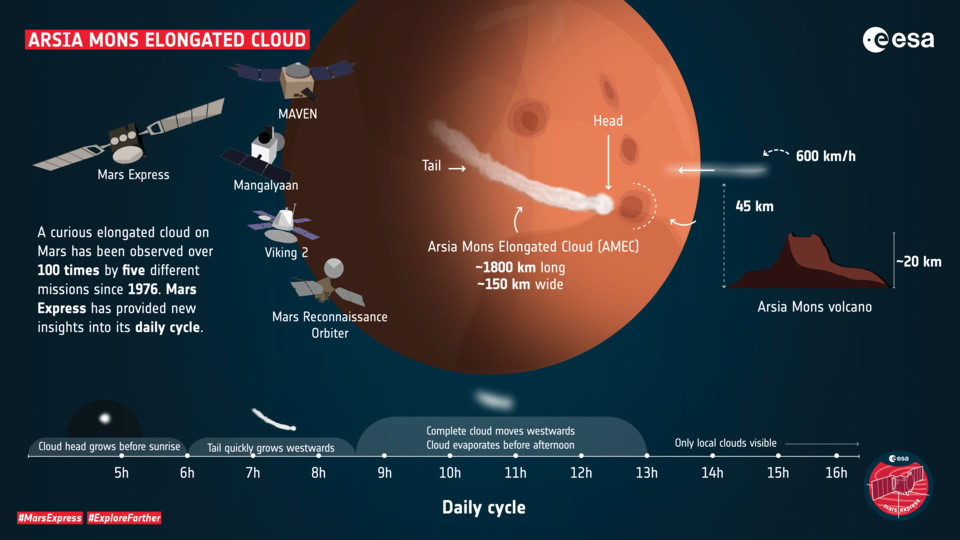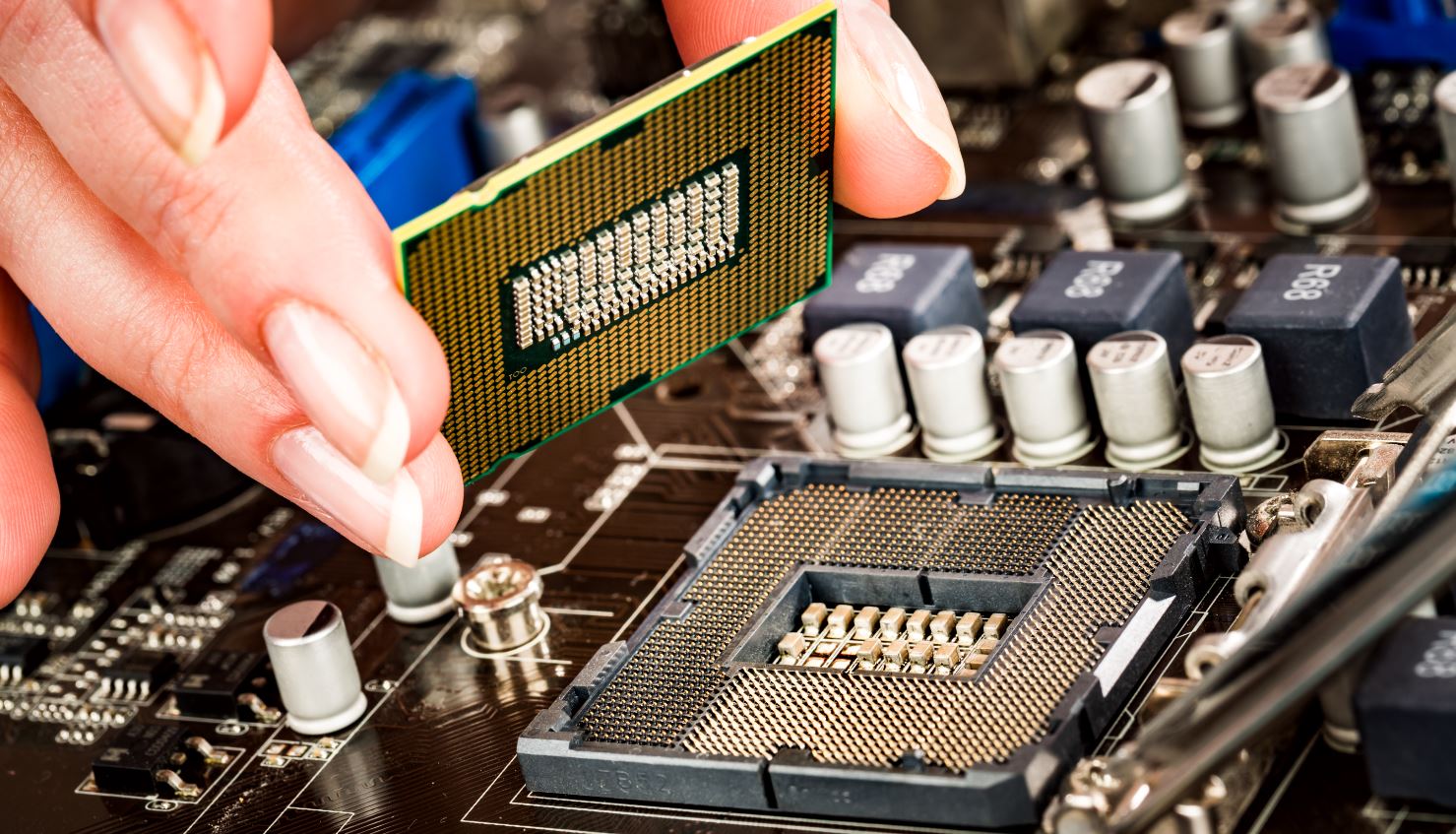Affiliate links on Android Authority may earn us a commission. Learn more.
🍀 Good morning! And happy St Patrick’s Day!
Today's newsletter is brought to you by OnePlus! It's simple:sign up for notifications for the OnePlus 9 Series launch event and get your daily chance to win a free OnePlus 9 series device, a pair of Buds Z earbuds, and 5% off all OnePlus accessories. New winners every day, so get in early and keep trying for more chances to win!

Two big bits of news out of Samsung Electronics’ annual shareholder meeting, held this morning.
First, is the Galaxy Note. Or, no Note.
- We’ve been talking about Samsung potentially killing off the Galaxy Note for some time.
- Now it appears Samsung will skip a Note release in 2021, with Bloomberg reporting all but confirming the news.
- It’s no huge surprise: the reasons for both the S and Note lines existing on such similar territory have become less and less apparent.
- There are legions of Note fans, but with the S-Pen migrating to the S21 range, and only the Ultra of the recent Notes being recommended, it’s all been a bit awkward.
- That’s partly a credit to how good the S series has been, including the S21 this year, while the Fold is hoped to be a bigger success this year as well.
- Mobile chief DJ Koh reportedly said at the meeting that the Note wouldn’t be discontinued, but the Fold and S series were sufficient for now, stating: “It is not that we do not release new products. The timing may vary, but next year we are preparing to continue to do so.”
- Will we see a Note 22, or will Koh’s commitment to a 2022 Note fade out?
Semiconductor shortage:
Then there’s the much more concerning ongoing chip supply crunch, which Samsung also referenced, making it the biggest name to do so thus far.
- What’s uncertain is how deep this might go, and how far we are away from price spikes and shortages.
- (And to be clear, it doesn’t appear that the semiconductor shortage influenced the Note decision.)
Quotes:
- “Samsung, one of the world’s largest makers of chips and consumer electronics, expects the crunch to pose a problem to its business next quarter, co-Chief Executive Officer Koh Dong-jin said during an annual shareholders meeting in Seoul.”
- “There’s a serious imbalance in supply and demand of chips in the IT sector globally,” said Koh, who oversees the company’s IT and mobile divisions. “Despite the difficult environment, our business leaders are meeting partners overseas to solve these problems. It’s hard to say the shortage issue has been solved 100%.”
- Samsung Securities analyst MS Hwang told Bloomberg that part of the problem for Samsung is a shortage of Qualcomm chips, produced by TSMC: “The tightened supply of Qualcomm AP chips produced by TSMC is affecting everybody except Apple,” he is quoted as saying.
It’s the last point that should probably not be missed. Automakers have slowed production, smartphones are facing shortages, and now PCs and TVs might become scarce or blow up in price.
- Apple CEO Tim Cook is known for his supply chain expertise, and it’ll be interesting to see if Apple ends up affected.
📈 OnePlus 9 Pro will offer a unique twist on adaptive refresh rate displays: up to 120Hz, and drops all the way down to 1Hz, a first. Plus, speedy 360Hz touch response (Android Authority).
🛏 Google’s second-gen Nest Hub is here with bedside sleep tracking via Soli. Not just tracking; Google thinks it can deliver better sleep, but you’ll a) have to pay for the feature b) trust Google with your sleep/bed data (Android Authority).
🤑 Google undercuts Apple with new 15% revenue share for Play Store apps and services, and unlike Apple, it’s regardless of total revenue. It seems to all relate back to Epic’s lawsuits, rather than Google vs Apple (Android Authority). One firm believes that Google and Apple are giving up less than 5% of their revenue in 2020 from these apps. Mind you, that’s still a fortune (CNBC).
💻 Intel’s 11th Gen desktop chips are here: Intel’s new CPUs cram 10nm designs into its mature 14nm process (The Verge).
🍎 So, no word yet on an Apple event for March 23. Which… likely means it won’t be happening. Instead, Apple might drop new products via a press release? In any case, not much new info, other than the 12.9-Inch iPad Pro with Mini-LED display won’t ship until at least April(MacRumors).
🔡 Corsair’s new 60-percent keyboard is “a rare and overpriced misstep” (Engadget).
🌑 California is banning companies from using ‘dark patterns,’ a meddling website design that makes things like canceling a subscription frustratingly difficult (Business Insider). @darkpatterns is all over this stuff (Twitter).
💰 Wikipedia wants to charge Google, Amazon, and Apple for using its content (Mashable).
👉 Jade Raymond announces new Sony PlayStation game studio just weeks after leaving Stadia (The Verge).
🍒 “Which fruits and vegetables most closely resemble their original wild form, before humans domesticated them?” (r/askscience).

I know this keeps you up at night, so I’m pleased to report we finally know what’s going on with that weird, long, recurring cloud on Mars, which appears off the tip of a high elevation volcano. But there are numerous similar volcanoes, but only one giant cloud. What gives?
Mars Express, the space exploration mission being conducted by the European Space Agency, did the work, using a camera with the resolution of a 2003 webcam, but with a wide field of view, to track the curious cloud.
I’ll let ScienceAlert take it from here:
- Here’s the cloud’s story. Each year, around the start of spring or summer in the southern Martian hemisphere, the Arsia Mons Elongated Cloud begins to take shape.
- At dawn, dense air from the base of the Arsia Mons volcano begins to climb up the western slope. As temperatures drop, this wind expands and the moisture within it condenses around particles of dust, creating what here on Earth we call an orographic cloud.
- Each morning, over the course of several months of observations, researchers watched this process repeat itself. At about 45 kilometers altitude, the air begins to expand, and for the following 2.5 hours or so, the cloud is pulled westward on the wind, as fast as 600 kilometers per hour (380 mph), before finally detaching from the volcano.
- At its largest, the plume can reach 1,800 kilometers in length (more than 1,100 miles) and 150 kilometers in width (nearly 100 miles). By noon, when the Sun is at its apex, the cloud will have completely evaporated.
Cheers,
Tristan Rayner, Senior Editor


